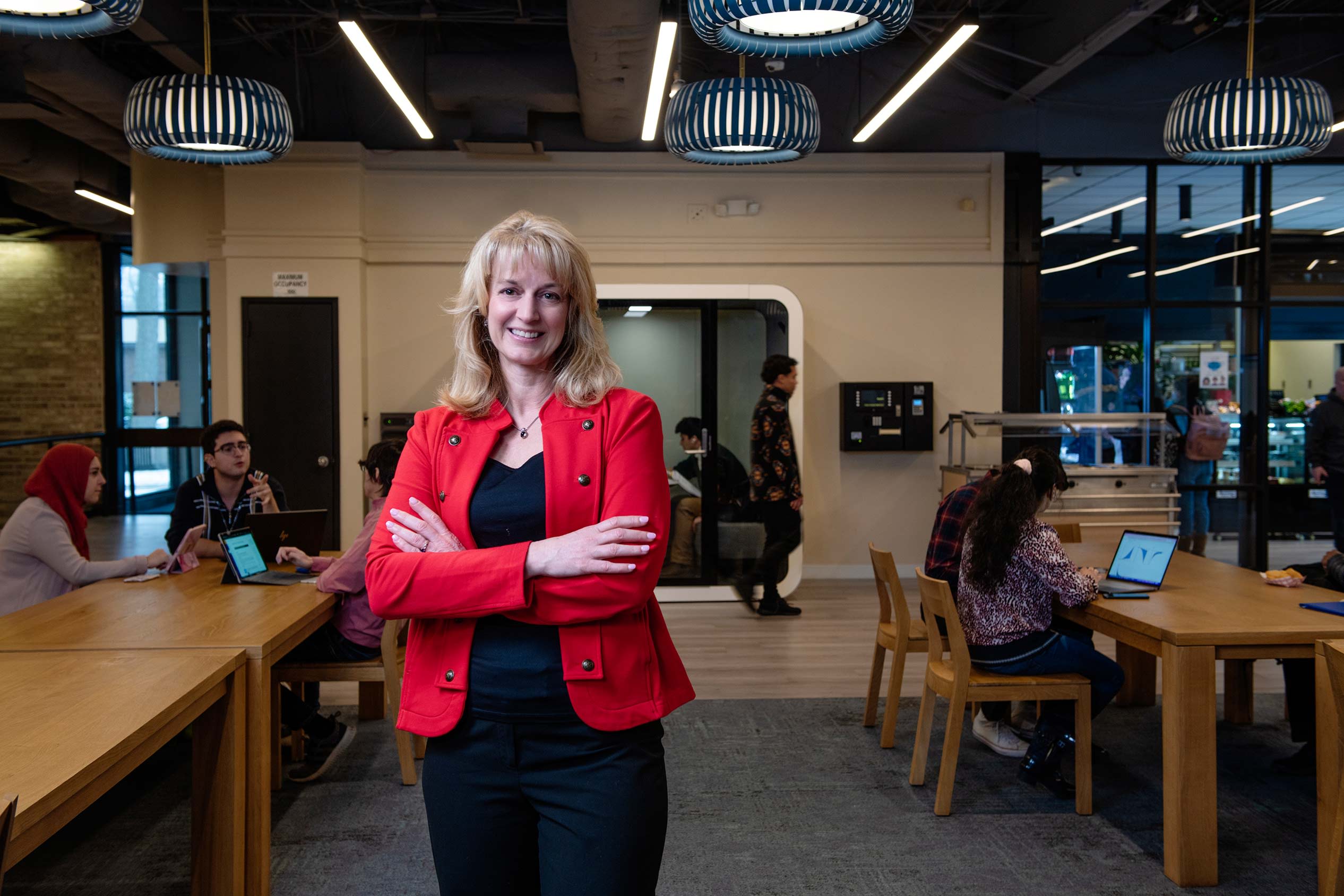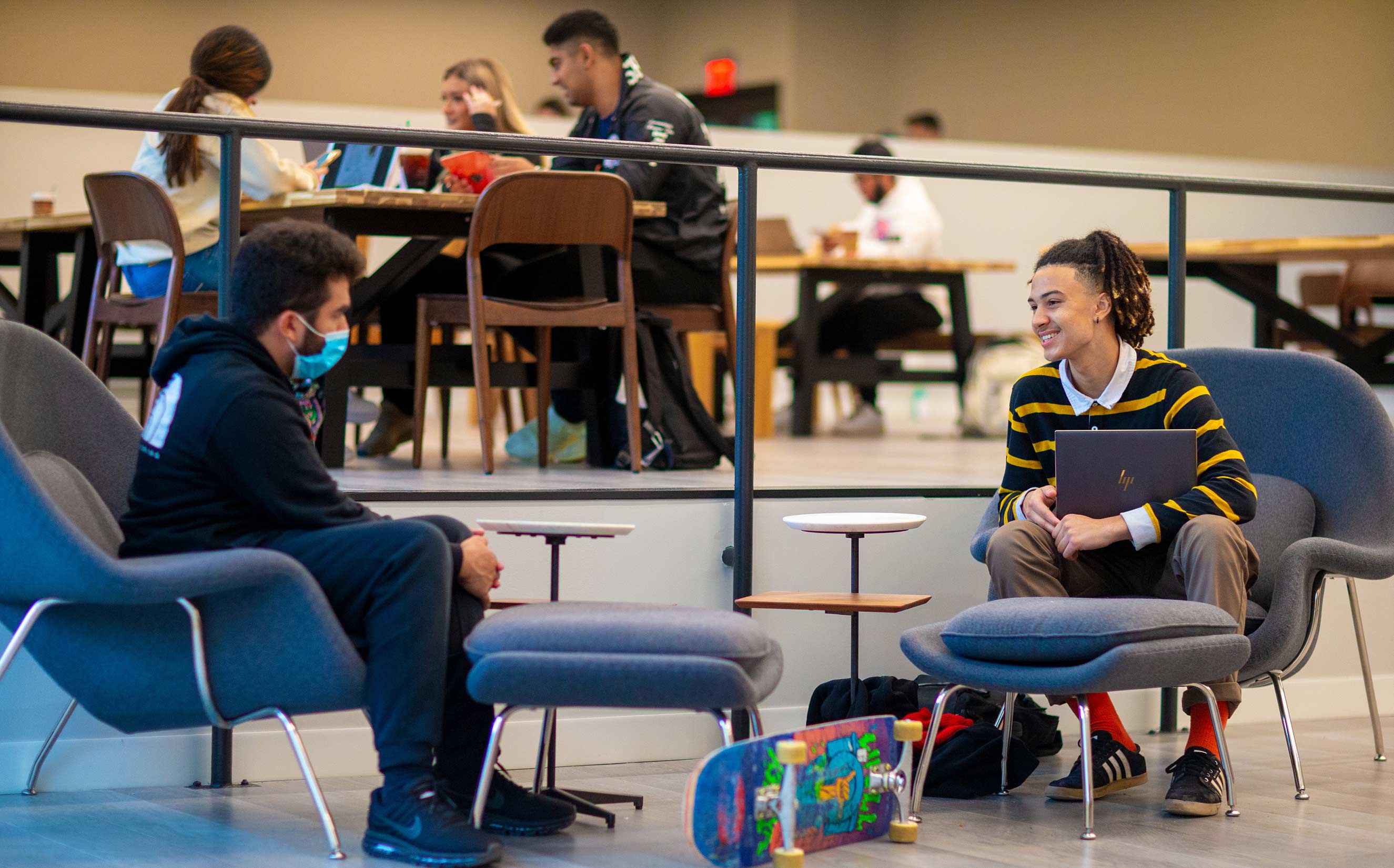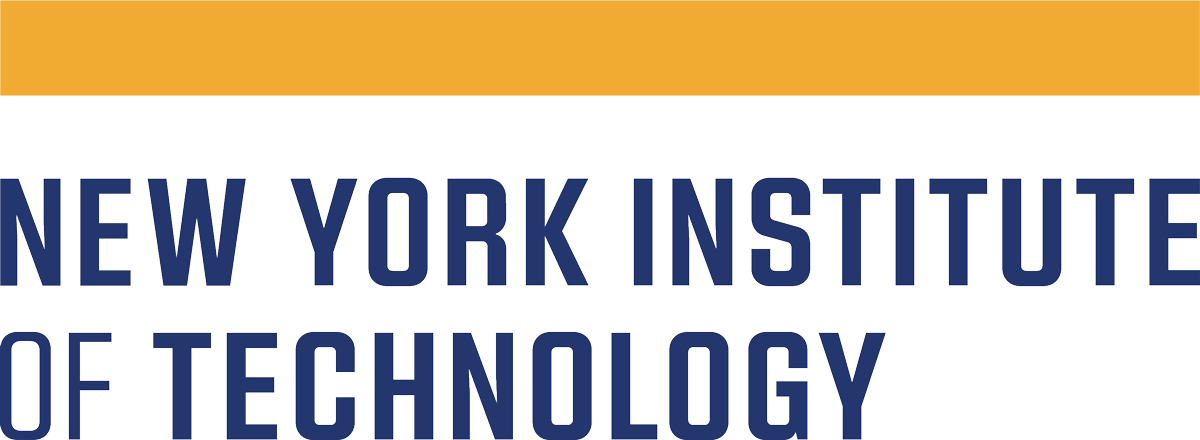Behind the scenes of a university’s digital transformation
New York Institute of Technology is overhauling the tech platforms that serve its students, faculty, and staff. In an interview, the university’s CIO talks about the strategy behind this ongoing — and massive — digital transformation.

Today’s college students are digital natives who grew up online with smartphones and social media. They expect a university’s digital space to be just as robust as the in-person campus experience.
So how is New York Institute of Technology going about a complete overhaul of its tech platforms to serve students, faculty, and staff? Not only is the private university improving the digital experience for its nearly 8,000 students across four North American campuses, it’s also working to change the culture around how services are delivered.
In this interview, Pennie Turgeon, vice president for information technology and chief information officer, talks about the multiple projects, increased personalization, and improved student experience that are the key pieces of the university’s ongoing digital transformation.
Let’s start with your arrival at New York Tech in 2019. What were your marching orders?
President [Hank] Foley put it pretty simply to me—the student experience is paramount. And it’s time to enhance the “T” in our name: New York Institute of Technology.
When I joined, I embarked upon a listening tour and started making lists of the areas that needed to be addressed. Over the years, I’ve learned that disparate systems [and data] have a direct impact on how people think about their work, and there were a lot of disparate systems. We needed to address some deferred IT maintenance, but we also needed to address how IT would partner with units across the university to deliver comprehensive technology and data-enabled solutions. Sure, there is core infrastructure that just needs to work from a technology standpoint. Beyond that, it’s a lot of people and process conversations. And then it’s making sure systems and data solutions are working together in a supportive and integrated way.

To respond to needs during COVID-19, New York Tech increased outdoor wireless coverage, scaled up remote access, and renovated over 120 classrooms to support blended and hybrid learning. (Bob Handelman)
To respond to needs during COVID-19, New York Tech increased outdoor wireless coverage, scaled up remote access, and renovated over 120 classrooms to support blended and hybrid learning. (Bob Handelman)
Tell me more about New York Tech’s digital transformation. What have you done?
Despite our plans to begin addressing general technology needs, we pivoted to respond to student, faculty, and staff needs during COVID-19. We quickly scaled up remote access and renovated over 120 classrooms to support blended and hybrid learning. We implemented a unified communications solution to support remote call center and phone services and developed a plan to roll out outdoor wireless coverage — COVID was a fabulous digital transformation partner [laughs].
We also migrated to the Canvas learning management system right in the middle of COVID so that faculty and students would have a more robust platform to support online classroom activities. The LMS is our core academic system in terms of what our students and our faculty experience on a daily basis. We needed to make sure that experience was top-notch.
The Student Service HUB is your latest project. What is that?
Think of it as the electronic gateway to services associated with the business side of being a student. It’s where you go to register, check your grades and pay your bills. Most of our students are connecting with these electronic services while on their mobile devices, and the former system was not mobile-friendly. That’s where students experience us — on their mobile devices. We needed to make sure those resources were highly accessible and highly relevant.
We also used the implementation of the Student Service HUB as a catalyst to reevaluate why we were actually doing some of the things we were doing from an administrative perspective. Our goal was to provide convenient and seamless access to these services while simultaneously delivering more personalized information. Reducing the friction and removing the distractions allows students to focus more of their time on academic success.
How did the HUB rollout go?
The feedback has been great. Information has been a lot easier to find. One of the key contributors to our success was the focus groups we conducted with students. We had students who were testers right up until go-live. I could have gone in and tested, but I’m going to navigate those screens very differently than an 18-year-old.
It’s human nature to make changes from our own lens and not from the lens of the person or group we’re trying to serve. If we truly want to be student-centric in all that we do, then we need to make sure change is driven by direct student input and feedback.
Background Photo: Using technology as a catalyst, New York Tech focuses on accessible and personalized digital experiences for students, faculty, and staff. (Bob Handelman)


The Student Service HUB is the new mobile-first, electronic gateway for students to seamlessly register, check grades, pay bills, and more. (Christopher Appoldt)
The Student Service HUB is the new mobile-first, electronic gateway for students to seamlessly register, check grades, pay bills, and more. (Christopher Appoldt)
Personalization is such a big deal these days. What are you doing to deliver customized experiences?
We’re in the process of reimplementing the campus intranet portal. We’re using a change in the underlying platform as a catalyst to rethink how that portal serves the entire community and we’re looking at it in a multidimensional way. The first slice is based on location. Then we’re looking at it based on role or persona. For example, we have multiple campuses. Dining services in Vancouver are different than dining services in Old Westbury. Likewise, members of the New York Tech community consume electronic content differently based on their role so we are working to make content much more relevant based on a person’s role.
Why is it so important that New York Tech deliver more customized digital experiences?
Because that’s what students, faculty, and staff expect. Our entire consumer world is centered around accessible and personalized experiences. We’ve got to do that to cut through the noise.
You’re now collecting more data than ever before. What are you going to do with it all?
We’re using it to improve decision-making on a variety of fronts. We’re partnering with HelioCampus to build new data models and connect various data sources. We want to make sure we’re not spending all our time collecting and transforming data but rather analyzing it and making sure it gets to the right hands so it can be used to inform both strategic and tactical decisions.
We started with admissions and student retention. We want to recruit students who are a great fit for New York Tech and who will persist from year-to-year and graduate. This requires that we look at the students who graduated and identify the shared characteristics of that population when they applied. We’re also looking to identify relevant touch points along their academic journey that correlate to retention.
So what’s next in New York Tech’s digital transformation?
The [campus intranet] portal is next. We’re also talking about a new human capital management and finance system, which will be a giant lift. This summer, we hope to start a new website redesign project. We’re also looking at ways in which we can use [artificial intelligence] and machine learning to facilitate more personalized and self-service options for our students.
True digital transformation occurs when you can use data to elevate and enhance those experiences that you want people to remember you by.
That’s a lot of projects
I look at all these technology projects as digital catalysts for change — change that prompts people to reassess and rethink how we deliver the high-quality experiences that our students expect and deserve.
Today’s students are accustomed to seamlessness and relevancy in their digital experiences. If our digital experiences don’t deliver on these expectations, then it’s on the list for transformation.
When do you plan to finish all this work?
With the way technology continues to advance and improve, our digital transformation work will never be done.
This content was paid for by New York Institute of Technology and produced by Inside Higher Ed's sponsored content team.
The editorial staff of Inside Higher Ed had no role in its preparation.


